Termites are a destructive pest in San Antonio, TX, and they can cause significant damage to homes and other structures. In this article, we’ll discuss the signs of termite damage in San Antonio and what you can do to protect your home from these pests. We’ll also discuss the different types of termite treatments available to help you rid your home of these destructive insects.
Types of Termites
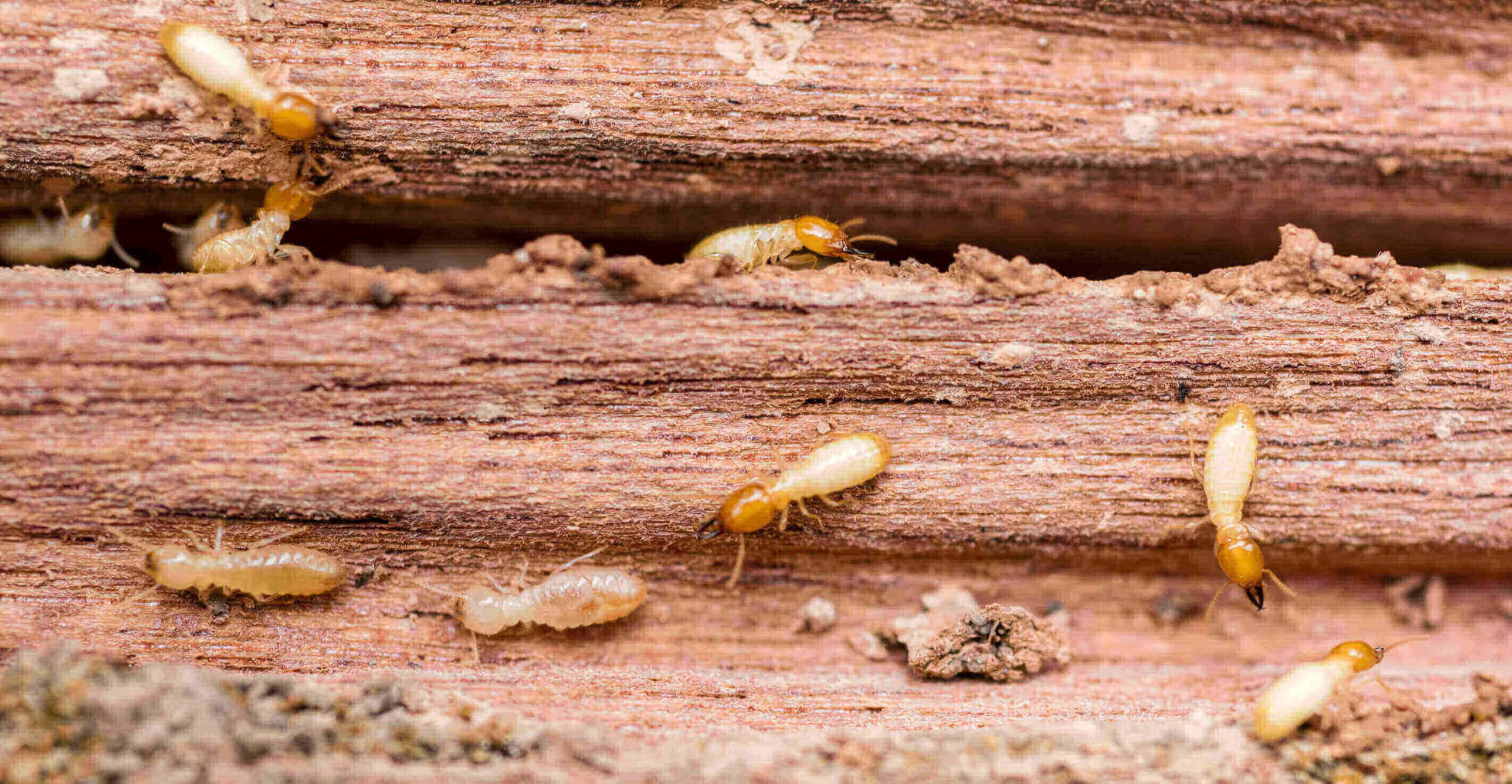
| Type | Description |
|---|---|
| Subterranean Termites | These termites live in underground colonies and build mud tubes to access food sources. They can be found in wood, soil, and other moist areas. |
| Drywood Termites | These termites live in dry wood and do not require contact with the soil. They can be found in attics, furniture, and other dry wood sources. |
| Formosan Termites | These termites are an invasive species that can be found in warm, humid climates. They build nests in wood and can cause significant damage to structures. |
Signs of Termites
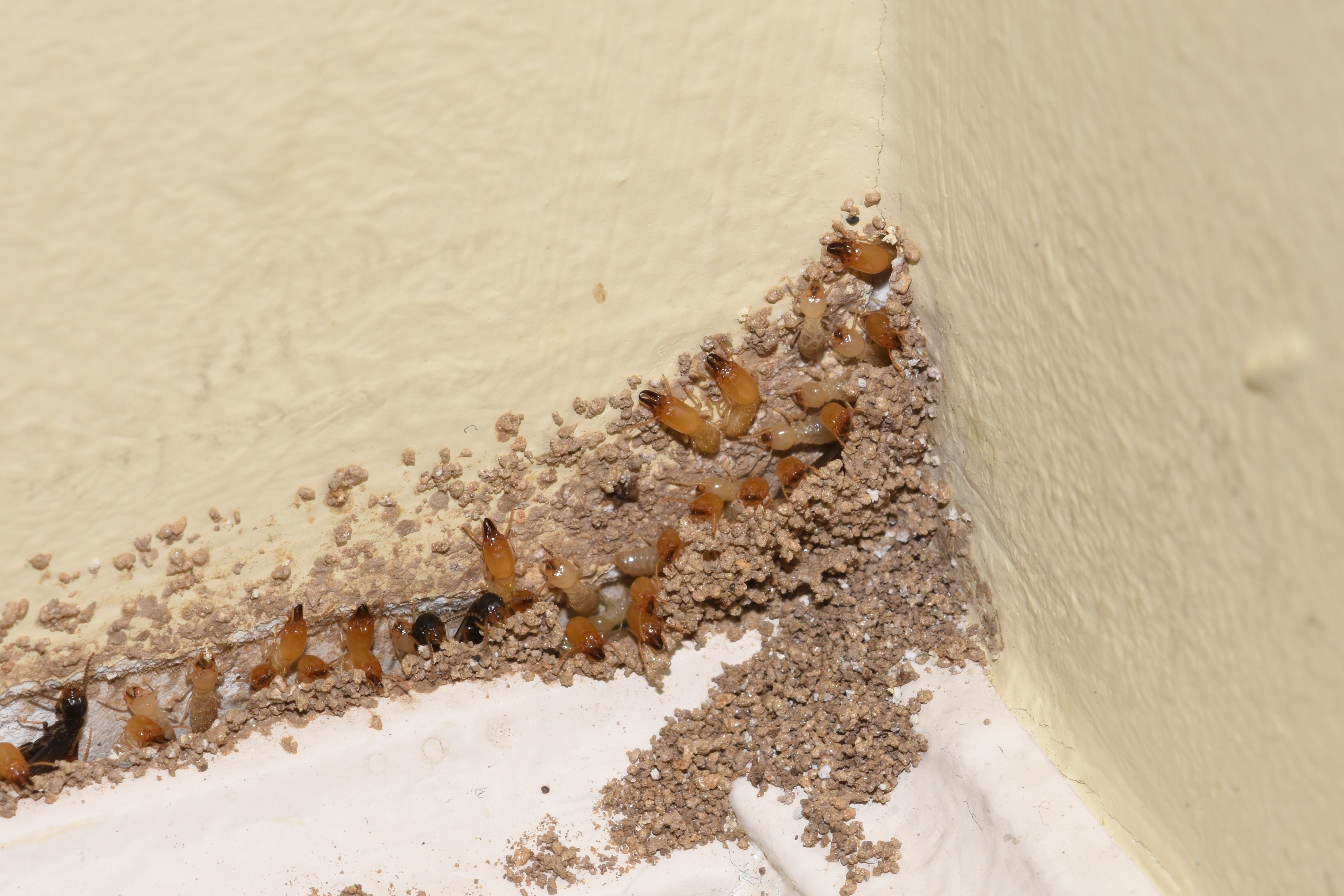
| Sign | Description |
|---|---|
| Mud Tubes | Termites build mud tubes to maintain moisture and provide protection while they travel. |
| Damaged Wood | Termites eat away at wood, leaving behind hollowed out galleries and frass (termite droppings). |
| Discarded Wings | Termites shed their wings after swarming in order to begin a new colony. |
| Termite Sounds | Soldier termites thump their heads against the walls of the nest to create a drumming sound. |
Dangers of Termites
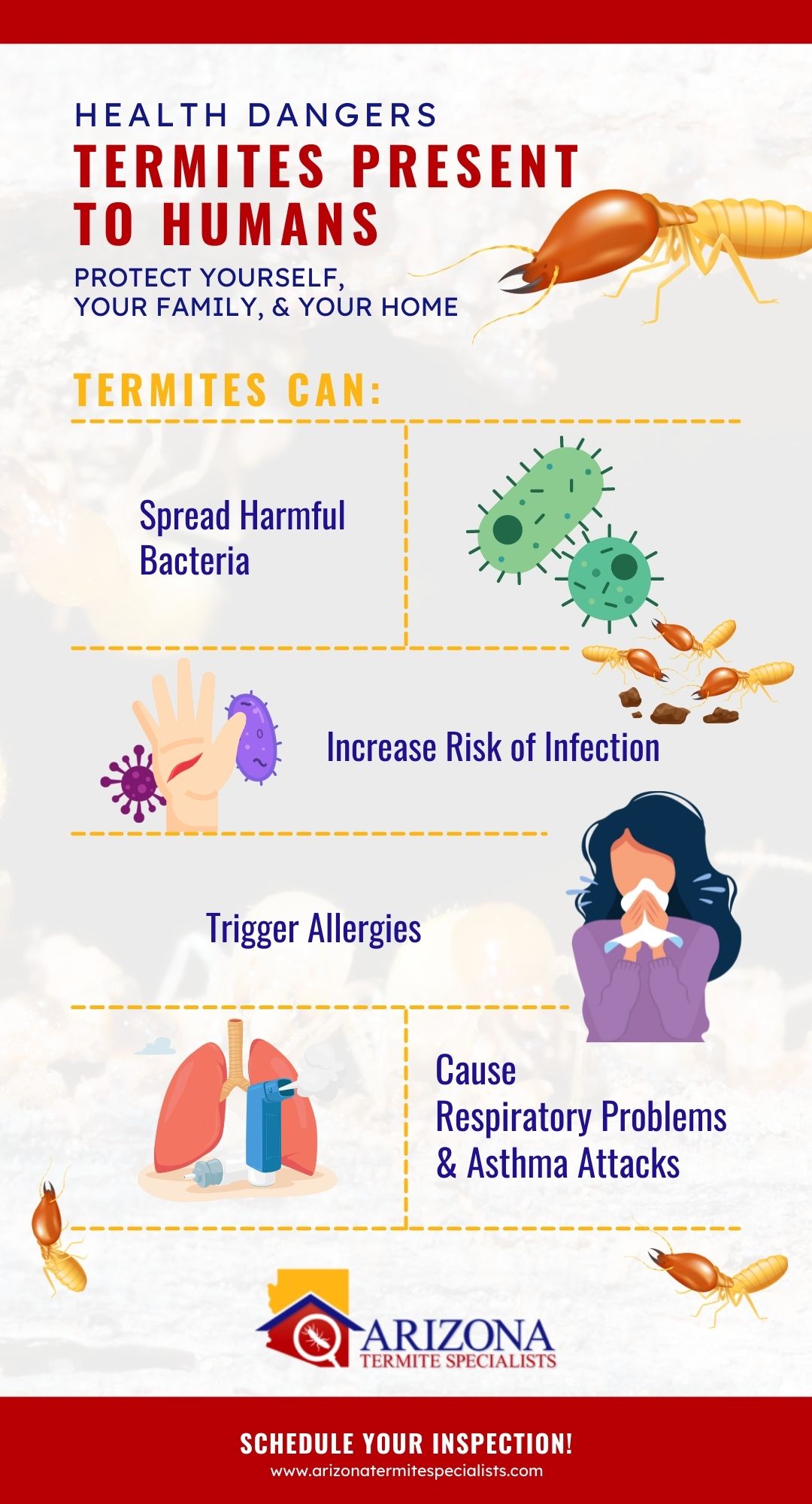
- Termites cause extensive damages to wooden structures and furniture in homes.
- The presence of termites can also lead to costly repair bills for property owners.
- Termites can also spread diseases and contaminate food.
- The presence of termites can also cause allergic reactions in some people.
- If left untreated, termites can damage electrical wiring, plumbing and other building materials.
- Termites can also cause structural damage to buildings, resulting in costly repairs.
Preventing Termites
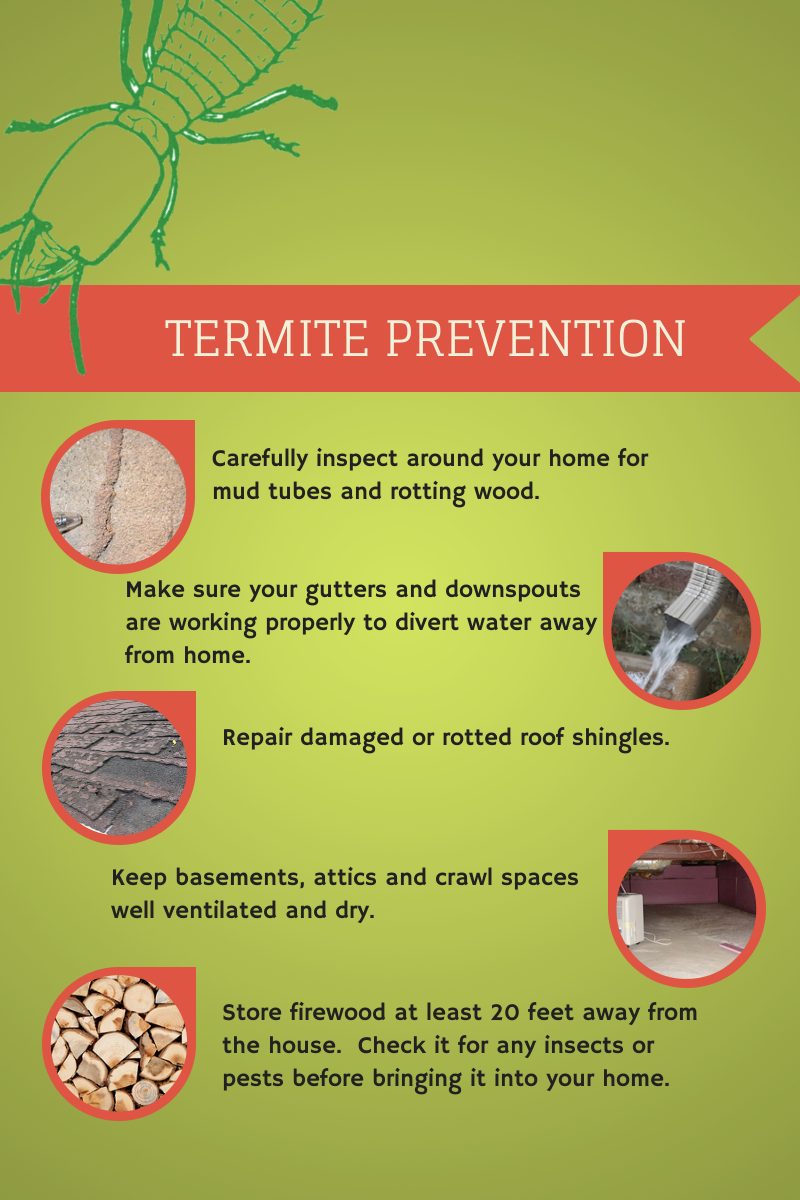
| Step | Description |
|---|---|
| 1 | Reduce moisture levels: Any kind of humidity or standing water should be eliminated in and around your home. Fix leaky faucets and other plumbing problems, ensure proper drainage away from the foundation, and make sure gutters are clean and in good repair. |
| 2 | Remove wood-to-soil contact: Repair or replace any wood that is in contact with the soil. This includes decks, fences, posts, and trim. |
| 3 | Reduce wood sources: Remove wood debris, stumps, and other cellulose materials from the yard. Store firewood and lumber away from the house. |
| 4 | Eliminate food sources: Keep kitchen crumbs and other food sources away from the house. Regularly vacuum and sweep up food debris. |
| 5 | Seal exterior cracks: Inspect and seal up any cracks in the exterior of your home. This includes door and window frames, foundations, and siding. |
| 6 | Check for mud tubes: Mud tubes on the outside of your home are a sure sign of a termite infestation. Have a professional inspect them and treat the area if needed. |
| 7 | Have regular inspections: Have a professional inspect your home every one to three years to check for signs of termites. |
Identifying Termites in San Antonio
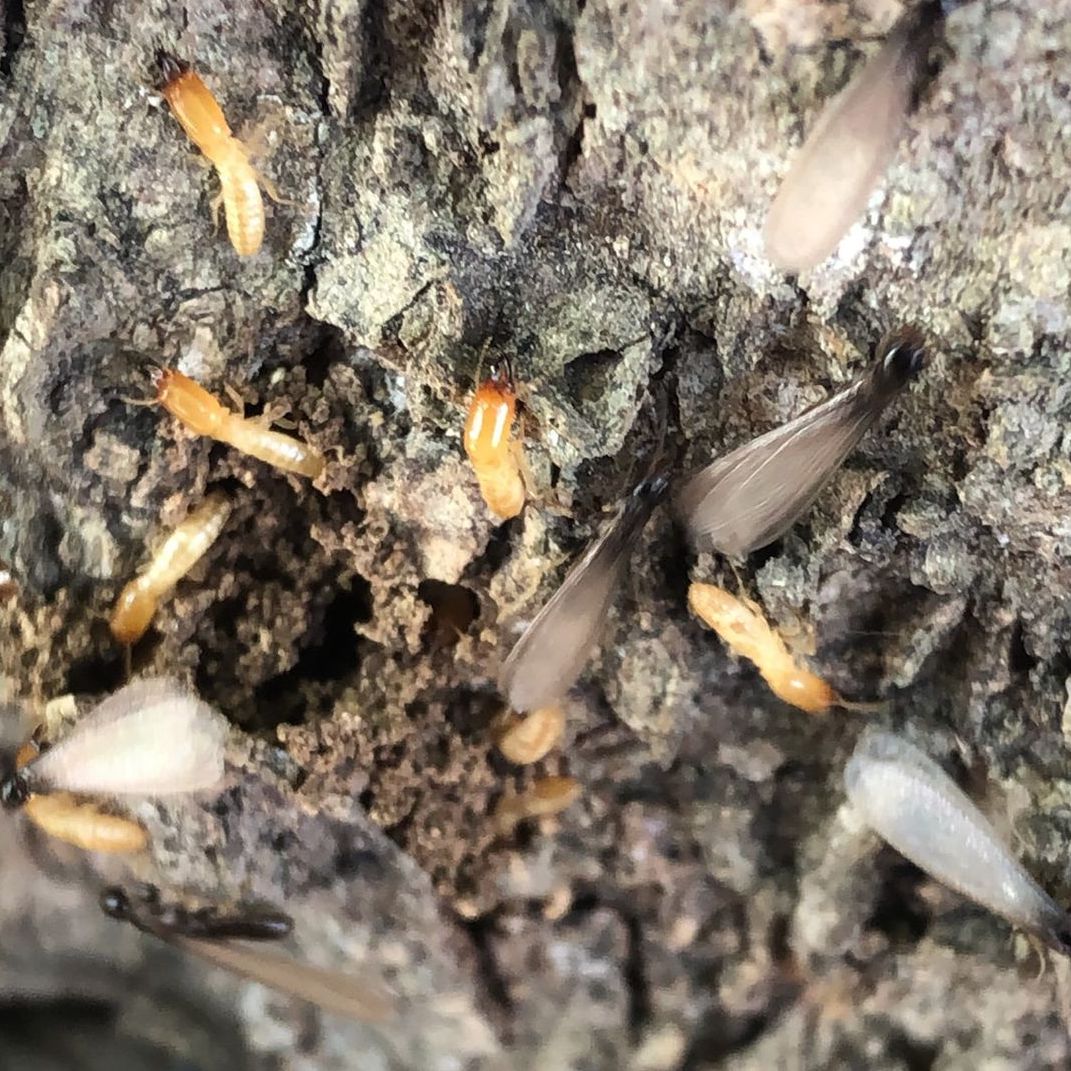
Termites are a common pest in San Antonio and the surrounding areas. They can cause significant damage to homes and businesses, so it’s important to identify and treat termite infestations as soon as possible.
Signs of Infestation
There are several signs that may indicate a termite infestation. These may include:
| Sign | Explanation |
|---|---|
| Wood Damage | Termites feed on wood and can cause visible damage. Look for hollowed-out wood and wood that appears to have been chewed. |
| Mud Tubes | Termites often build mud tubes on the outside of buildings to access food sources. These tubes are typically about the diameter of a pencil. |
| Swarmers | Swarmers are winged termites that may appear in large numbers during periods of high humidity. These are typically seen in the spring or summer months. |
| Droppings | Termites leave behind droppings, which look like small pellets. These droppings are usually dark in color and may be found near sources of food. |
If any of these signs are present, it is important to contact a professional pest control company to inspect the property and determine if a termite infestation is present. The pest control company may recommend treatments to eliminate the infestation.
Treating Termites in San Antonio
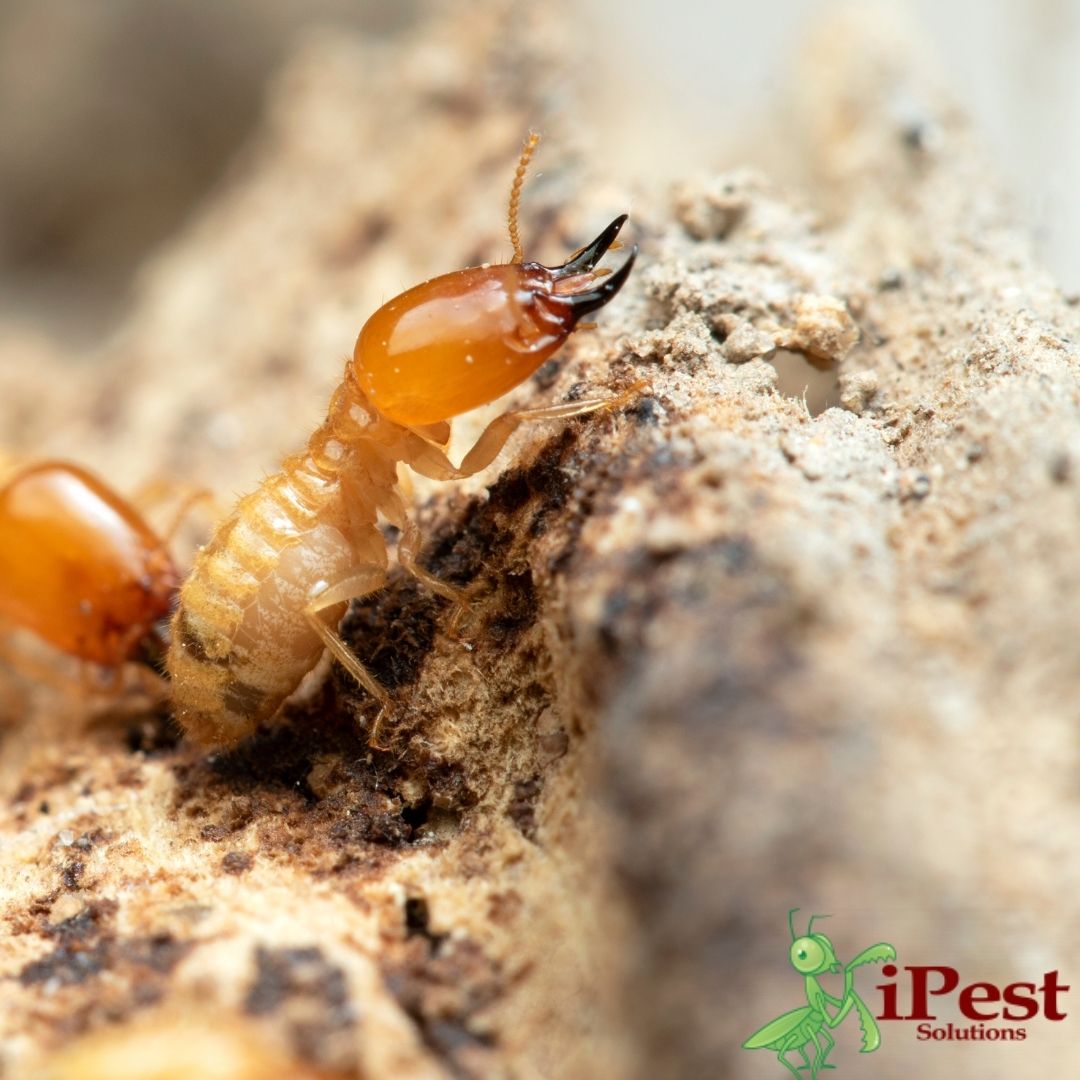
- Inspect the structure of the building – Identify any visible signs of termite infestation and assess the extent of the damage.
- Eliminate any standing water sources – Remove any standing water sources near the building as this may encourage termites to return.
- Seal any cracks or crevices – Seal up any cracks or crevices in the building’s foundation to prevent new termites from entering.
- Remove any wood debris – Remove any wood debris from the property as it can attract termites.
- Treat the structure with a pesticide – Treat the structure with a pesticide to kill any remaining termites.
- Monitor the area for termite activity – Monitor the area for any signs of termite activity to ensure that the problem has been resolved.
Professional Treatment for Termites in San Antonio
Professional termite treatment in San Antonio usually involves the use of insecticides and other treatments to eliminate termite colonies. Insecticides are applied to the soil around the house in order to create a barrier against termites. In addition, pesticides may be applied directly to the wood where termites are present. This is done to kill the termites and prevent them from entering the home.
The most common professional termite treatments in San Antonio are liquid termiticides, baiting systems, and fumigation. Liquid termiticides are applied to the soil around the house, creating a barrier and killing termites on contact. Baiting systems involve setting bait stations around the property, which attract and kill termites when they feed on the bait. Fumigation is a process where a tent is placed over the house and a pesticide is released inside, killing all the termites in the area.
| Treatment | Description |
|---|---|
| Liquid termiticides | Applied to the soil around the house to create a barrier and kill termites on contact. |
| Baiting systems | Set bait stations around the property, which attract and kill termites when they feed on the bait. |
| Fumigation | A tent is placed over the house and a pesticide is released inside, killing all the termites in the area. |
Professional termite treatment in San Antonio is typically completed by a licensed pest control company. The company will inspect the property and determine the best treatment based on the severity of the infestation. The cost of professional termite treatment in San Antonio can vary depending on the size of the property, the severity of the infestation, and the type of treatment used.
Cost of Treating Termites in San Antonio
The cost of treating termites in San Antonio depends on the extent of the infestation and the type of treatment chosen. Termite control companies typically charge by the linear foot for a complete inspection and treatment of the structure. The cost can range from $3 to $5 per linear foot, with an average cost of $3.50 per linear foot. This cost includes labor and materials, but not taxes or other additional fees.
The cost of treating the interior of a structure is typically more expensive than treating the exterior. Treating the interior of a structure can cost between $4 and $6 per linear foot, with an average cost of $5 per linear foot. This cost includes labor and materials, but not taxes or other additional fees.
| Type Of Treatment | Cost Per Linear Foot |
|---|---|
| Exterior Treatment | $3 – $5 ($3.50 avg) |
| Interior Treatment | $4 – $6 ($5 avg) |
The cost of treating a large structure or an area with a high concentration of termites may be higher than the average cost. Treatment companies may also charge a flat fee for large treatments. In some cases, the cost of treatment may also include a warranty, which covers any future infestations.
Frequently Asked Questions
How can I protect my home from termite damage in San Antonio?
Homeowners in San Antonio can protect their homes from termite damage by regularly inspecting their property for signs of infestation, repairing any water leaks, removing sources of standing water, and keeping mulch and wood away from the foundation. An annual termite inspection by a certified pest control expert is also recommended to identify any signs of an infestation. Additionally, homeowners can consider using termite baiting and monitoring systems, which can alert homeowners to the presence of termites and help to prevent further damage.
What are the signs of termite infestation in San Antonio?
Termite infestation in San Antonio can be identified by the presence of mud tubes, wood damage, discarded wings, and the presence of termite swarmers. Mud tubes are small tubes on the walls, which are used by termites to travel between the nest and the food source. Wood damage caused by termites usually appears as small tunnels in the wood, and can have a hollow sound when tapped. Discarded wings are a common sign of termite swarms, as the reproductive termites shed their wings after mating. Lastly, termite swarmers are the reproductive termites that are seen flying around during the spring and summer months.
What are the Best Methods for Preventing Termites in San Antonio?
The best methods for preventing termites in San Antonio include regular inspections, sealing cracks and gaps in the home, eliminating wood-soil contact, removing wood debris from around the home, and using chemical treatments. Regular inspections are the most important step in preventing termites, as they can detect potential infestations early. Sealing cracks and gaps in the home helps to prevent termites from entering the home. Eliminating wood-soil contact helps to deter termites, as they need a source of moisture to survive. Removing wood debris from around the home, such as firewood and scrap lumber, also helps to keep termites away. Finally, chemical treatments can be used to create a barrier around the home, preventing termites from entering.
What are the Most Common Types of Termites in San Antonio?
San Antonio is home to several species of termites, but the most common types are subterranean, drywood, and dampwood. Subterranean termites require moisture and build their nests in soil, usually near a source of water. Drywood termites are attracted to warm and dry wood and are often found in attics, wall voids, and furniture. Dampwood termites prefer wood with high moisture content and are typically found in moist areas like basements, crawl spaces, and around water sources.
What are some effective treatments for termites in San Antonio?
The most common and effective treatments for termites in San Antonio include chemical and non-chemical treatments such as baiting, fumigation, and the use of liquid termiticides. Baiting involves the use of special bait stations that are placed in the ground near the infestation. The bait contains a slow-acting insecticide and is intended to draw termites away from the infested area and into the bait stations. Fumigation is the most effective method for eliminating a large infestation and involves the use of a gas to penetrate and eliminate the termite colony. The use of liquid termiticides is also used to treat localized infestations. This involves the application of a liquid termiticide to the infested area and surrounding soil.
Conclusion
Termite damage can be devastating, and can cost thousands of dollars to repair. Taking preventive measures to protect your home from termite damage will save you time and money in the long run. Working with a professional pest control company in San Antonio to regularly inspect for termites and treat any active infestations is the best way to keep your home safe from termite damage.







